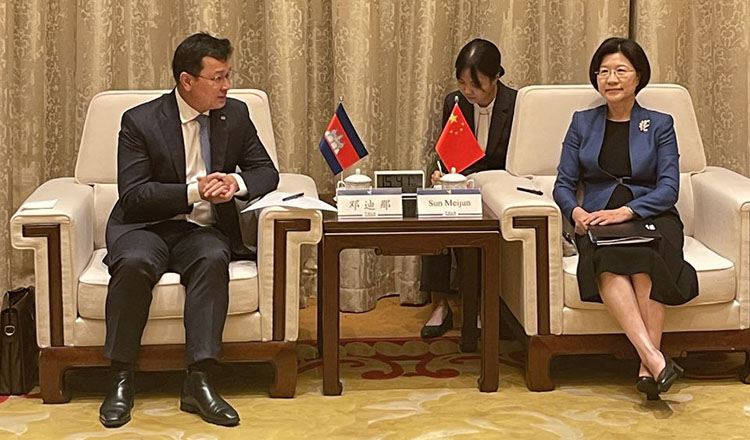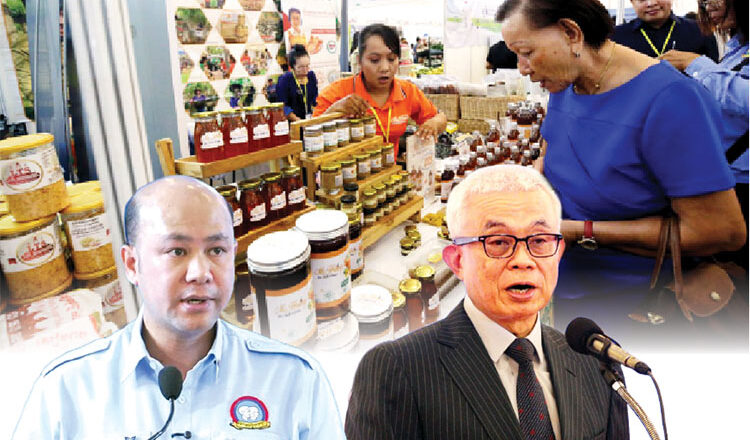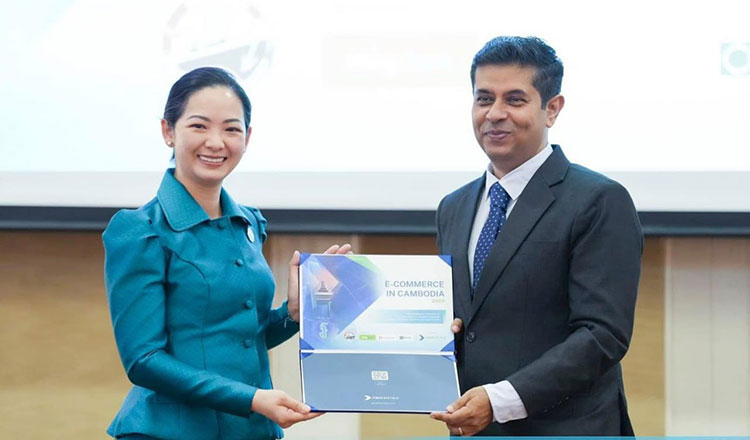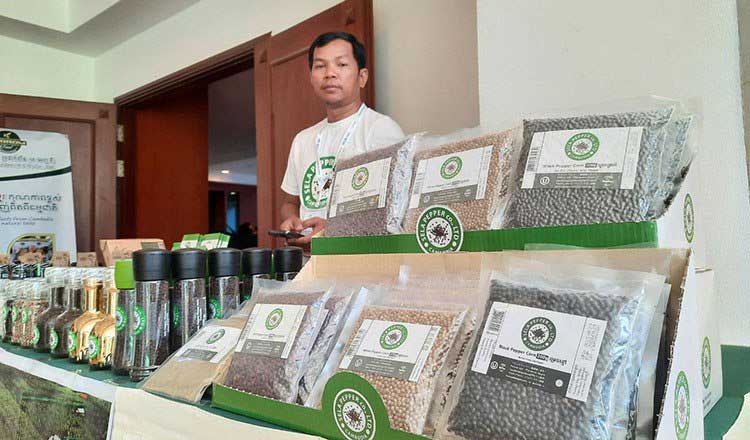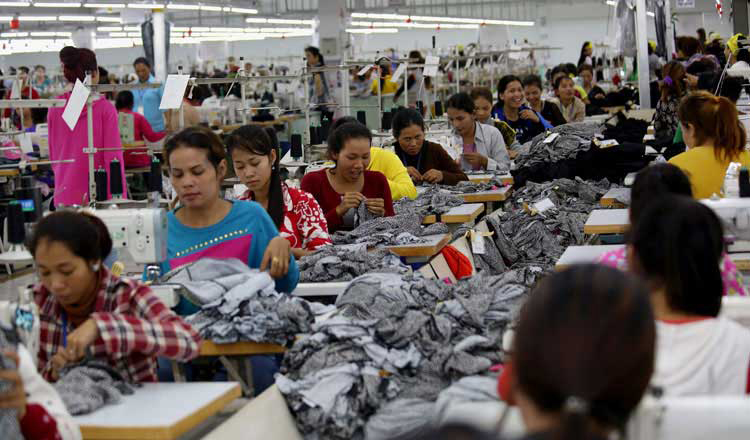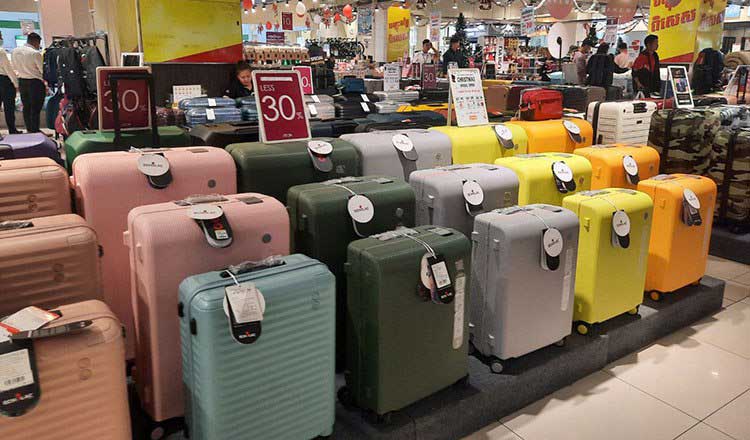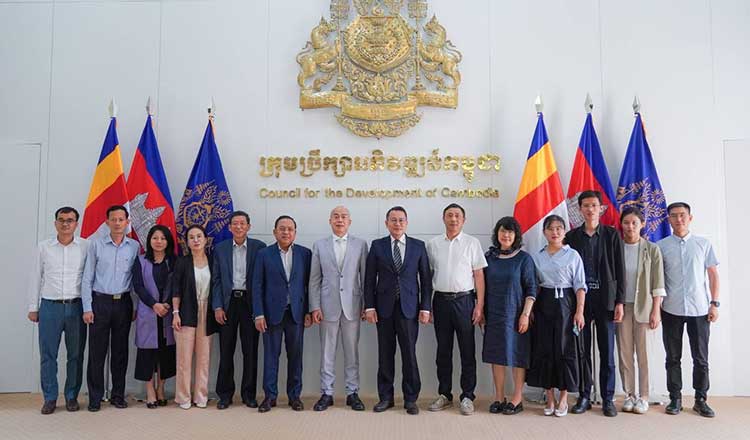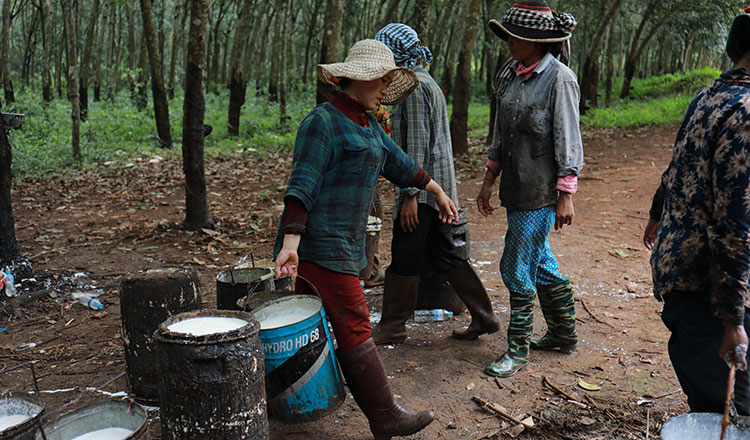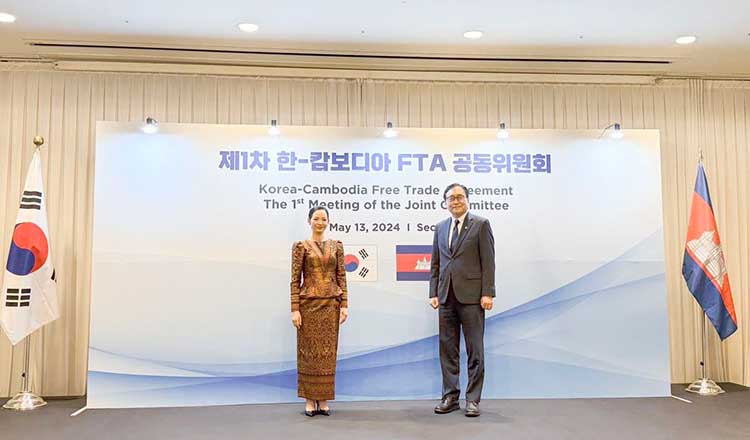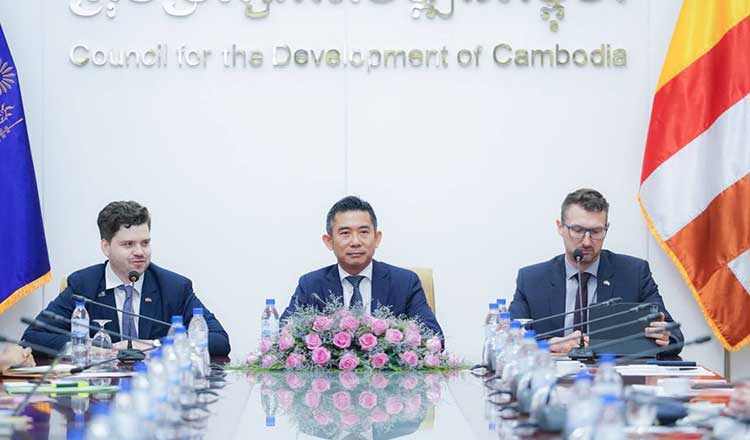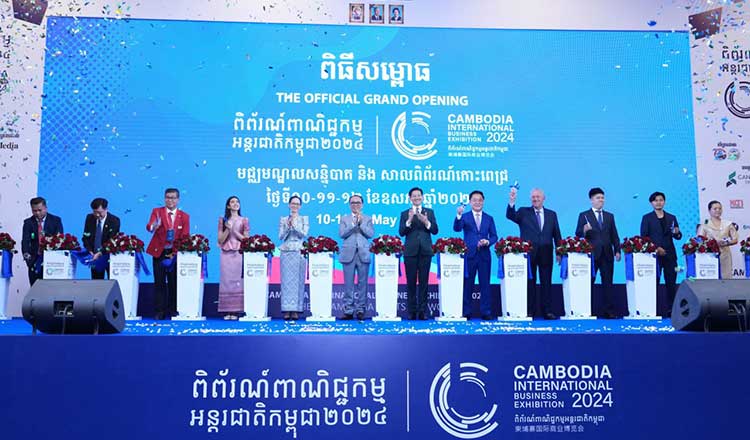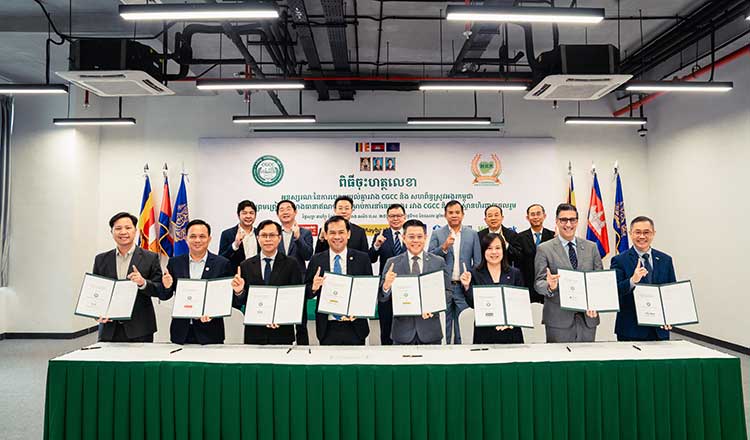Cambodia’s RCEP trade up 14%
Cambodia’s RCEP trade up 14%
Cambodia’s trade with the Regional Comprehensive Economic Partnership (RCEP) countries rose by 13.98 percent to $11.19 billion, a report from the Ministry of Commerce said.
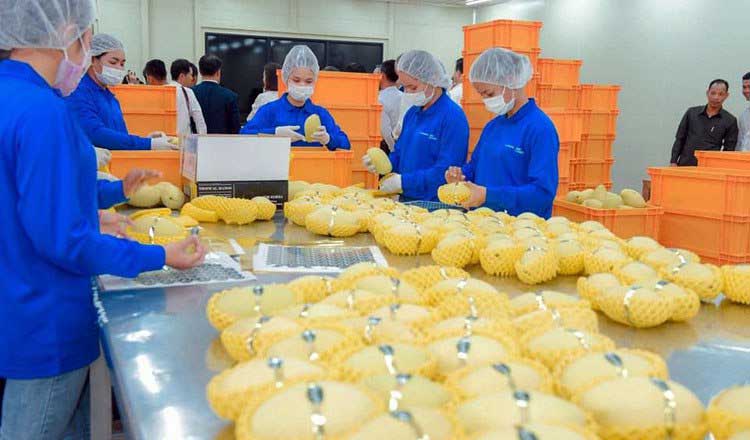
From January to April this year, the Kingdom exported $3.36 billion worth of goods to RCEP, an increase of 16.2 percent from $2.89 billion in the same period last year while imports rose by 13 percent to $7.83 billion, read the report.
The Kingdom’s RCEP trade accounted for 66.2 percent of the country’s total international trade of $16.91 billion.
China is the country’s biggest trade partner with bilateral trade amounting for $4.48 billion, followed by Vietnam and Thailand with trade amounts of $3.01 billion and $1.40 billion, read the report.
Penn Sovicheat, Secretary of State and Spokesperson of the Ministry of Commerce, said under the mega-regional trade pact, with almost zero trade tariffs, exporters have been able to take advantage of the trade deal, resulting in increased exports and imports from Cambodia.
“The agreement has played an important role in boosting products to foreign markets within the mega regional trade agreement,” Sovicheat told Khmer Times.
The RCEP free trade agreement entered into force on January 1, 2022. The regional trade pact comprises 15 Asia-Pacific countries, including the ten Member States of the Association of Southeast Asian Nations (ASEAN) — Brunei, Cambodia, Indonesia, Laos, Malaysia, Myanmar, the Philippines, Singapore, Thailand and Vietnam — and their five trading partners, namely China, Japan, South Korea, Australia, and New Zealand.
The mega trade pact has given a major boost not only to Cambodia’s exports but also to investments in the country to generate more exports to the huge markets of RCEP.
In the first four months of 2024, the Council for the Development of Cambodia approved 128 investment projects with a total investment of $2.5 billion, an increase of 97 percent and 327 percent, respectively.
The main investment capital sources were led by local investors, followed by Chinese investors that dominated the majority, and the rest from Singapore, Vietnam, Korea, and Malaysia.
Cambodia is an open country for both local and foreign investors, favourable and encouraging for investors compared to other countries in the region, its first vice-chairman Sun Chanthol has recently said.


